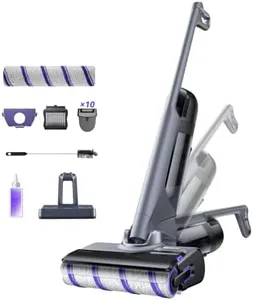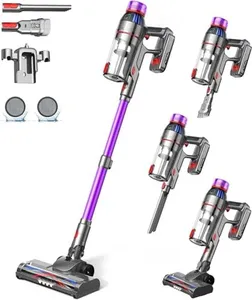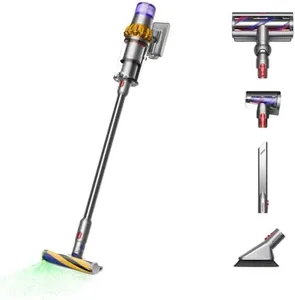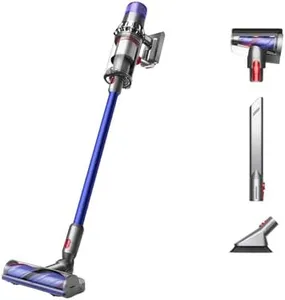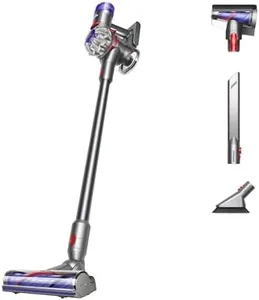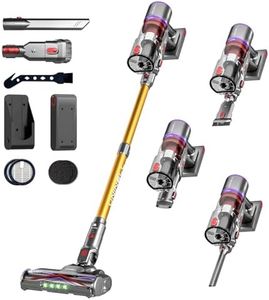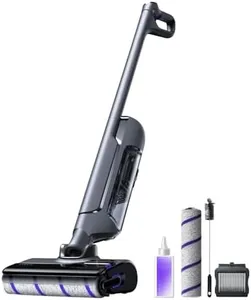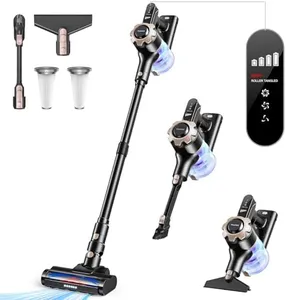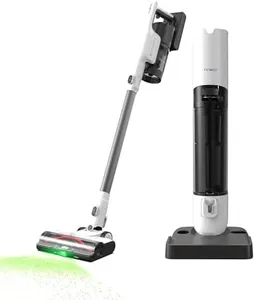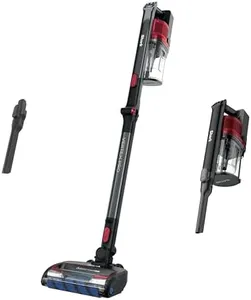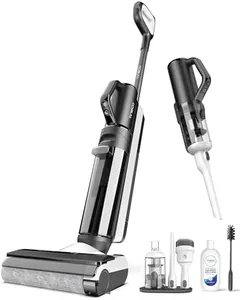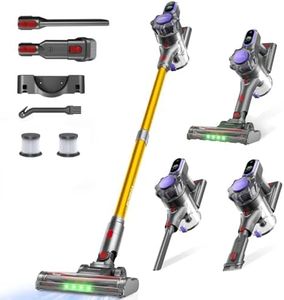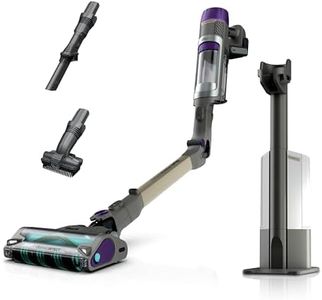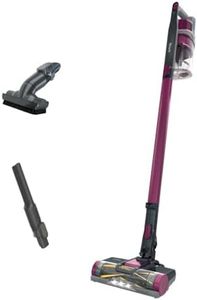We Use CookiesWe use cookies to enhance the security, performance,
functionality and for analytical and promotional activities. By continuing to browse this site you
are agreeing to our privacy policy
10 Best Stick Vacuums
From leading brands and best sellers available on the web.Buying Guide for the Best Stick Vacuums
Choosing the right stick vacuum can make cleaning your home much easier and more efficient. Stick vacuums are popular because they are lightweight, easy to maneuver, and often cordless, making them ideal for quick cleanups and reaching tight spaces. When shopping for a stick vacuum, it's important to consider your specific cleaning needs, the types of surfaces in your home, and how often you plan to use the vacuum. Understanding the key features will help you find a model that fits your lifestyle and keeps your home tidy with minimal effort.Power Source (Corded vs. Cordless)The power source determines whether the vacuum needs to be plugged in or runs on a battery. Corded stick vacuums offer continuous power, so you don't have to worry about running out of charge, but you are limited by the length of the cord and need to be near an outlet. Cordless models are more flexible and portable, allowing you to move freely around your home, but they rely on battery life, which can range from 15 to 60 minutes per charge. If you have a larger space or want to clean multiple rooms at once, consider how long the battery lasts or if you prefer the unlimited runtime of a corded model.
Suction PowerSuction power affects how well the vacuum picks up dirt, dust, and debris. Higher suction is better for deep cleaning carpets and picking up larger particles, while lower suction may be sufficient for hard floors and light messes. Suction is often measured in air watts or kilopascals, but not all brands use the same units. Generally, entry-level models have lower suction, suitable for light cleaning, while premium models offer stronger suction for tougher jobs. Think about the types of floors you have and whether you need to tackle pet hair or heavy dirt to decide how much suction you need.
Weight and ManeuverabilityThe weight of a stick vacuum affects how easy it is to carry and use, especially if you have stairs or need to clean high places. Lighter models are easier to handle and better for quick cleanups or for people who may have difficulty lifting heavier items. Heavier models may offer more features or stronger suction but can be tiring to use for long periods. Consider your physical comfort and the layout of your home when choosing the right weight.
Battery Life and Charging TimeFor cordless stick vacuums, battery life determines how long you can clean before needing to recharge. Shorter battery life is fine for quick spot cleaning, while longer battery life is better for larger homes or more thorough cleaning sessions. Charging time is also important—some batteries recharge in a few hours, while others take longer. If you plan to use the vacuum frequently or for extended periods, look for models with longer battery life or removable batteries that can be swapped out.
Dustbin CapacityThe dustbin holds the dirt and debris collected by the vacuum. Smaller dustbins need to be emptied more often, which can be inconvenient if you have a large area to clean or lots of pet hair. Larger dustbins allow for longer cleaning sessions without interruption. Think about how much debris you typically pick up and how often you want to empty the bin when choosing the right capacity.
Filtration SystemThe filtration system traps dust and allergens inside the vacuum. Basic filters are fine for general cleaning, but if you have allergies or pets, look for models with HEPA filters, which capture smaller particles and help keep the air cleaner. Some vacuums have washable filters, which can save money and reduce waste. Consider your sensitivity to dust and allergens when evaluating filtration options.
Attachments and AccessoriesAttachments like crevice tools, brushes, and motorized heads expand the vacuum's versatility. If you need to clean upholstery, stairs, or tight corners, look for models that include the right accessories. Some stick vacuums can convert to handheld units for even more flexibility. Think about the specific cleaning tasks you face and choose a vacuum with the attachments that will make those jobs easier.
